During the summer of 2024, I attended the Turtle Survival Alliance meeting in Arizona. It was so hot there, I thought I might die. I went, because I love turtles and tortoises, and I wanted to network with others doing the work and build collaborations for the future. I submitted an abstract for an oral presentation, and it was accepted.
While I was there, I listened to a talk describing a group in Bangladesh called the Creative Conservation Alliance, who were breeding and head-starting endangered species of tortoises and working with local tribal communities to ensure the survival of these species. At the end of his presentation, he said that this fairly new group really wanted to do what was best for these animals and the only thing they currently were lacking was veterinary care. This is a big piece to be missing, but they were trying to move forward and correct this. When I heard this, all I saw was opportunity. I began to think of ways I could work with them to help them do just that. To build in-country veterinary capacity so their animals would have the best opportunity to thrive.
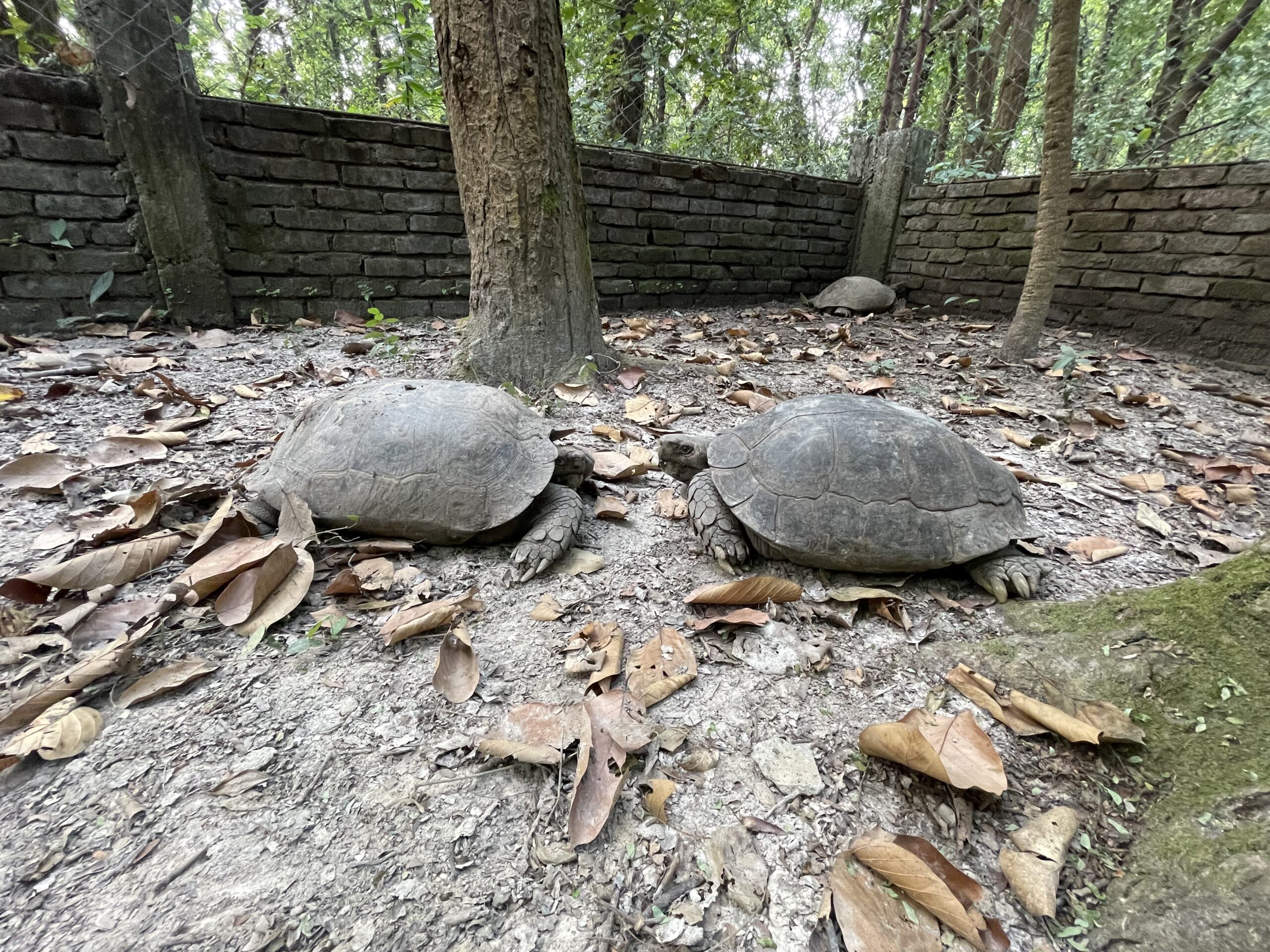
I began furiously writing down my ideas and potential sources of funding and after his talk I approached him and said I was really interested in helping in any way that I can. What do I have to offer, you might be wondering. Well, for those of you who don’t know me, I used to be the state wildlife veterinarian for New Jersey DEP Fish and Wildlife, where I spent time assisting the herpetologists in assessing wild turtle populations for disease as the start of a plan to rewild turtles that had been confiscated from the illegal pet trade. My reason for leaving this position was that my husband got offered his dream job in Seattle and we had both been itching to live there forever, so I left my job and went back into private practice in an all-exotics clinic where I began treating pet turtles and tortoises. I quickly realized that I was not comfortable with this and that it did not sit well with my values. There are so many animals illegally collected from the wild to sell to the pet trade and many people who get these animals often do not know how to properly care for them. I am happy they are bringing them to a vet for care, but I just don’t think some of these species make good pets and I don’t think they can live their best possible lives in these scenarios. So, I left, and I started my own business and here we are.
Anyway, I gave the guy my contact and asked him to share it with his colleagues if they were interested. After a zoom call it was decided that I would come and visit them before my study in Nepal (more on that in future posts). In the meantime, they could reach out to me with any questions about their animals, while they were trying to onboard their new vet.
Fast forward to the last week of November and I find myself in Dhaka, Bangladesh. If you want to know how to visit Bangladesh, check out my travel blog post on best things to do in Bangladesh. The city of 21 million people is overwhelming to say the least. I was picked up by one of the interns from the center and brought to my hotel where I met the rest of the group. That night we made plans to visit their turtle center for the coming couple of days before moving to Srimongol amidst the tea gardens to their wildlife rehabilitation center.
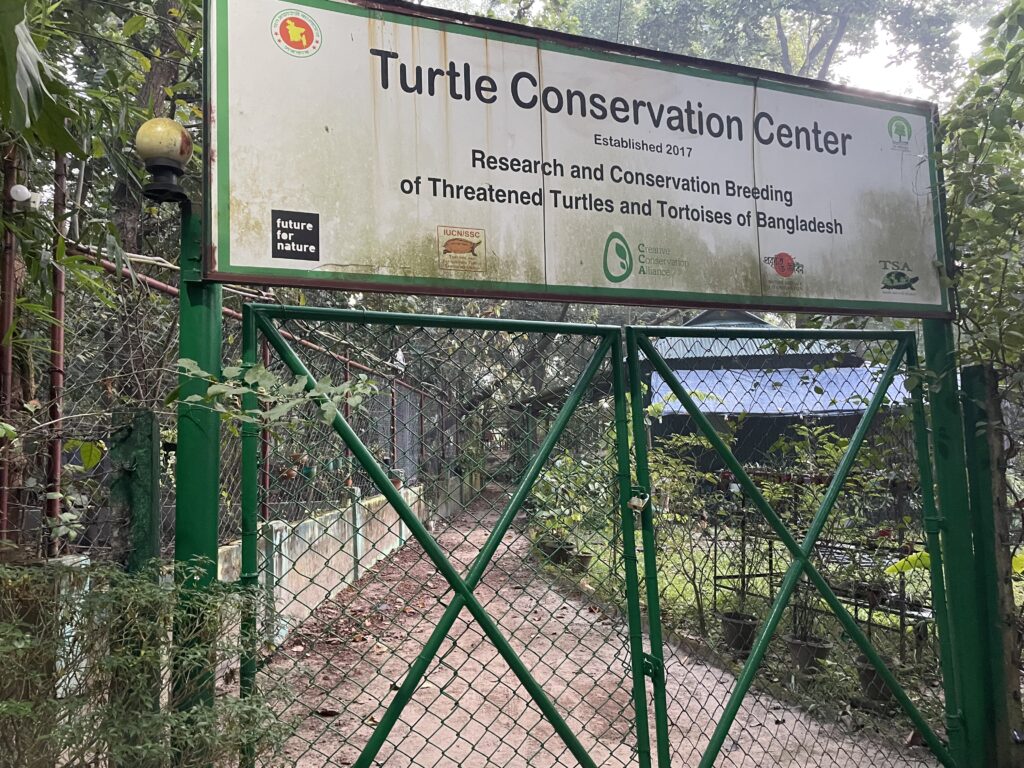
On my visits to the turtle center, I got to know the group a bit more. A tight knit group of guys with a huge love for tortoises. I got a tour of the facility and a background of the work they are doing and their hopes for the future. They had invited their newly hired veterinarian to join us as he was a recent grad and did not have specific training in wildlife or tortoises. So, we spent some time going over some basic principles and things to think about when caring for these animals. I taught them some blood draw techniques and how to perform a necropsy on a tortoise and gave an example of the type of medical write up I would do for my necropsies. We discussed some things that would help enhance the work they are doing and things to think about in terms of veterinary care.
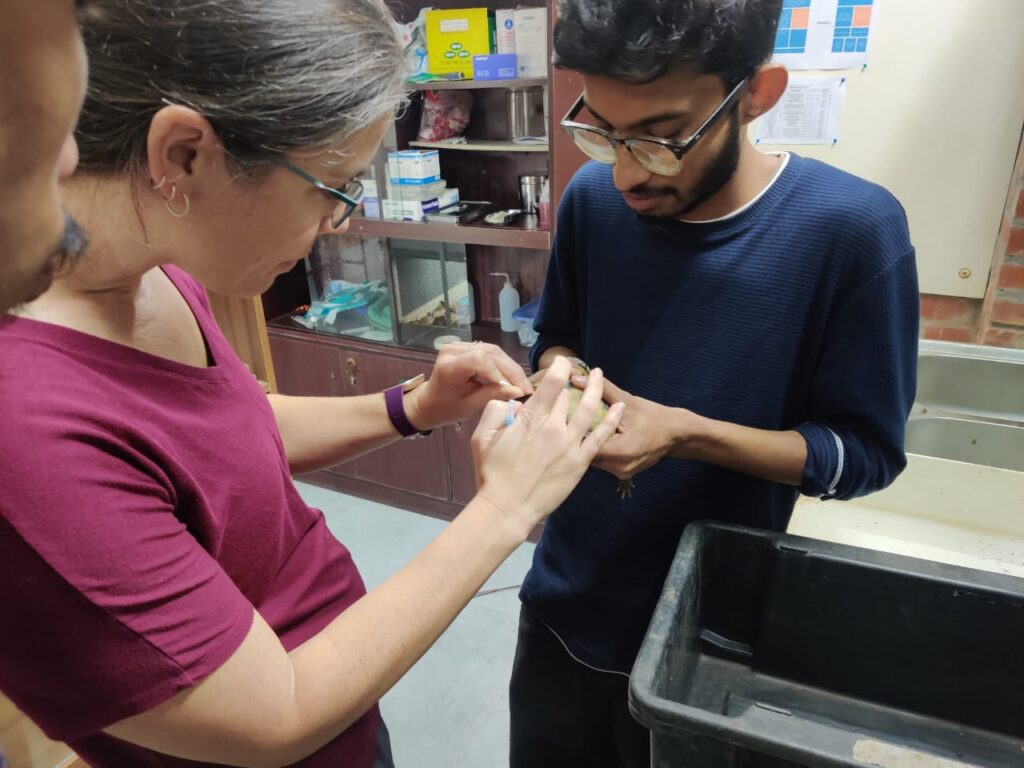
In return they showed me their culture. Their food, the people, their religion, their lives, and I discovered some of the most hospitable, kind and giving people I have ever had the pleasure of spending time with.
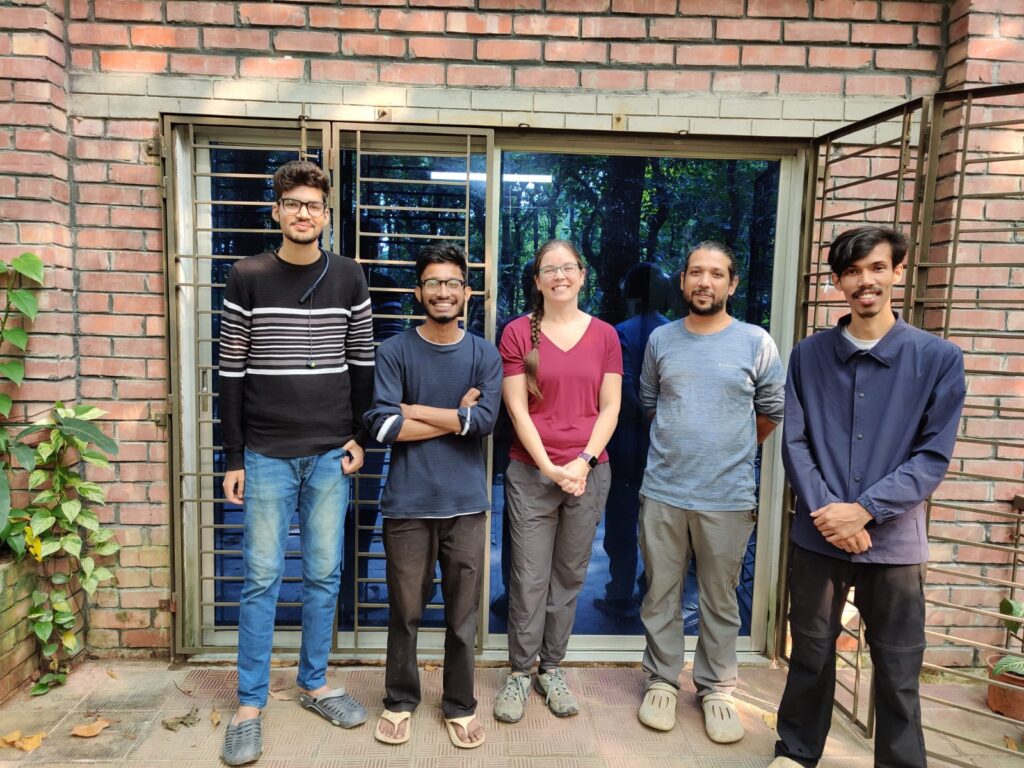
After a few days hanging out with the tortoises, we moved to Srimongol and spent time at their wildlife rehabilitation center, that at the time housed only 4 gibbons, a palm civet, a couple of species of birds. They provide the best care they can for these animals and are working with various programs globally to ensure these species are properly tested for disease and ready to be reintroduced into the wild. What they lack is a veterinary medical facility and the training. That’s where I come in. We began setting up what will ultimately be their treatment and surgical room, went through the drugs on hand and prepared a triage box for the field. We also discussed some basic techniques and things to look out for and what their veterinarian can provide them. Overall, it was a very productive couple of days and the hope is to continue to partner and also including Wildlife Vets International to provide some hands on and some virtual trainings to help take their care to the next level.
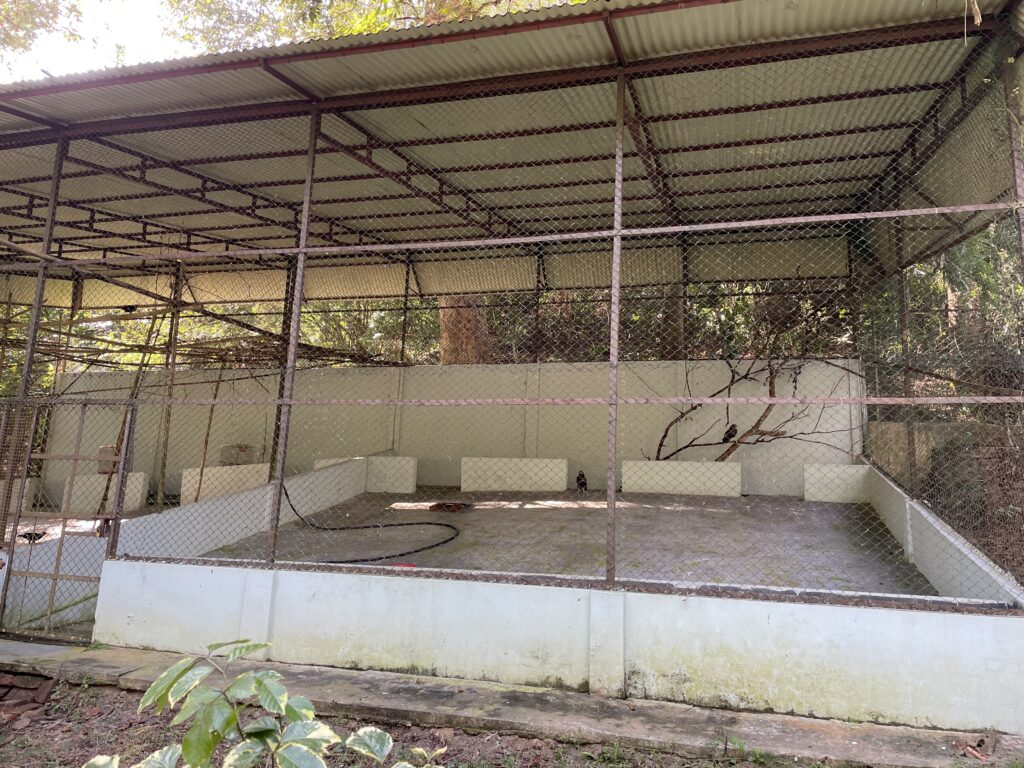
This group is extremely passionate about the work they are doing and want to do things right the first time and have sought advice from many experts around the world. They might be just getting started but I have a feeling that in the future they will be one of the top care facilities for wildlife on the Asian continent. We now have plans to continue to work together, in collaboration with Wildlife Vets International, to develop some trainings for this group and I hope to other groups in need as well.